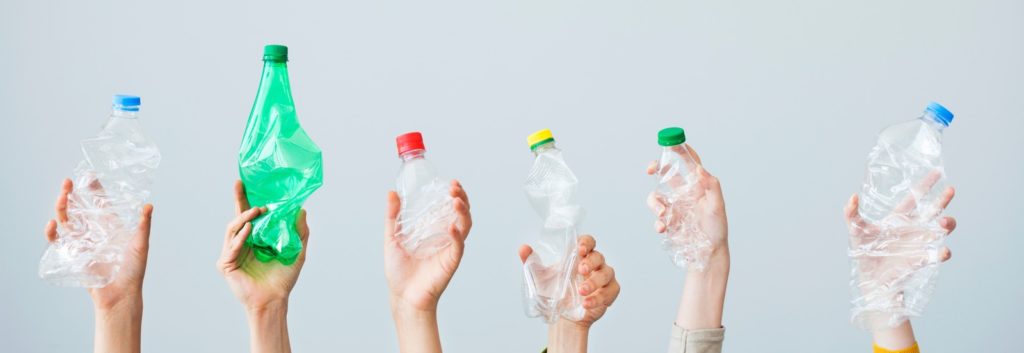
Blog
From Packaged Goods to Sustainability; How the CPG Industry is Shrinking its Footprint
At GMA, we work with our member companies on a range of sustainability topics. Imagine the complexities that go into running food or consumer products businesses in the U.S. or globally, then you can start to imagine all the sustainability issues our member companies might face.
The good news is these businesses are on the forefront of sustainability best practices. For example, we know from the experts at CDP, a leading nonprofit reporting on sustainability metrics, that our industry has outperformed the S&P 500 on both carbon and water performance for the past several years. From packaging to energy efficiency to sustainable sourcing, our industry leads in many sustainability areas.
One area the industry has focused on recently is waste reduction. It’s here that we see both real progress and opportunity for even more improvement. Whether it’s finding value in what was once considered waste, setting ambitious waste reduction goals, or focusing on food waste reduction, the consumer packaged goods (CPG) industry is working to minimize its environmental footprint in countless ways.
Finding value in what was considered trash is one of the most innovative approaches to reducing waste. Employees at the Green Mountain Coffee facility in Washington State, for example, found new use for the burlap bags in which green coffee beans are transported. These bags used to go to landfill and now, thanks to ingenuity from the facility staff, they are used as groundcover to reduce runoff into Puget Sound and on construction sites to prevent erosion. That same facility went from recycling 4.5 tons of material to 400 tons of material from its operations in just three years. Examples like these are in countless manufacturing facilities and companies in the food and CPG industry.
Similarly, many CPG companies are setting and meeting very ambitious waste reduction goals. Mondelez, for example, shattered their waste to landfill reduction target of 15 percent by 2015 and instead achieved a 57% reduction! Some companies are even achieving zero waste to landfill at their facilities. All of PepsiCo’s FritoLay facilities have been working toward a zero waste to landfill goal since 2009 and their incredibly innovative Casa Grande, AZ plant has sent zero waste to landfill since 2011.
Food waste to landfill is a relatively new issue that is garnering more attention.. Experts differ on the exact amount, but it’s estimated that anywhere from 30-40% of the food that’s produced in the U.S. winds up in landfills. For the developing world, those numbers are even higher due to lack of supply chain infrastructure.
GMA took an early lead on this issue. Iin 2011, GMA, the Food Marketing Institute (FMI), and the National Restaurant Association launched the Food Waste Reduction Alliance (FWRA). This is a unique collaborative effort of about 30 leading companies to reduce the amount of food waste sent to landfills in the U.S. and increase food donated to those in need. It’s a big issue. It’s a lot of work. And there’s no one fits all solution, but we have made great progress and are encouraged by how many other groups and organizations are working on this too. From USDA to EPA to local food banks to entrepreneurs inventing solutions to turn food waste into energy, we have seen a tremendous increase in creative solution.
This August at the FMI-GMA Global Sustainability Summit in Denver, some of the nations’ leading thinkers on food waste solutions will present and showcase their work. In fact, we have five different sessions scheduled on this issue, with speakers addressing all angles of the challenge. Join us in August and learn from the best!
Published on August 5, 2015
Our Updates, Delivered to You
Receive the latest updates from the Consumer Brands Association.



